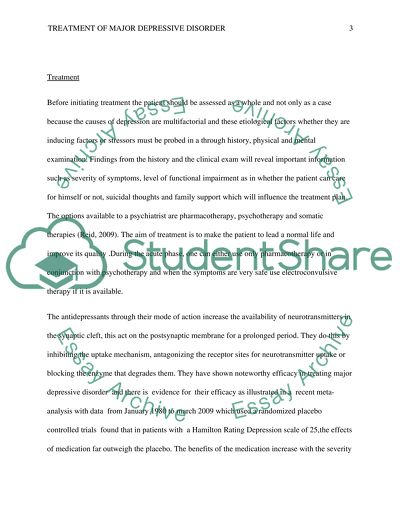Cite this document
(“Treatments of Major Depressive Disorder Research Paper”, n.d.)
Retrieved from https://studentshare.org/psychology/1448558-treatments-of-major-depressive-disorder
Retrieved from https://studentshare.org/psychology/1448558-treatments-of-major-depressive-disorder
(Treatments of Major Depressive Disorder Research Paper)
https://studentshare.org/psychology/1448558-treatments-of-major-depressive-disorder.
https://studentshare.org/psychology/1448558-treatments-of-major-depressive-disorder.
“Treatments of Major Depressive Disorder Research Paper”, n.d. https://studentshare.org/psychology/1448558-treatments-of-major-depressive-disorder.


